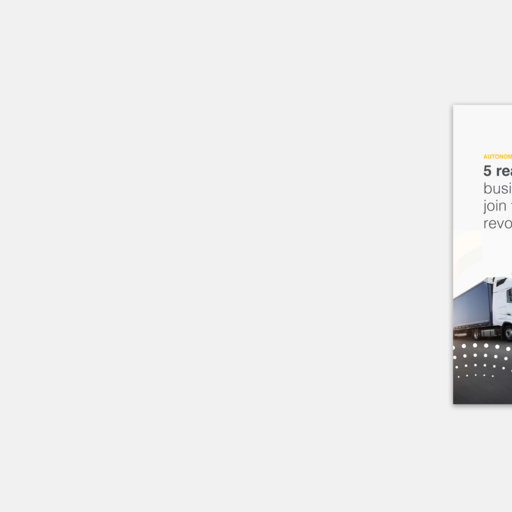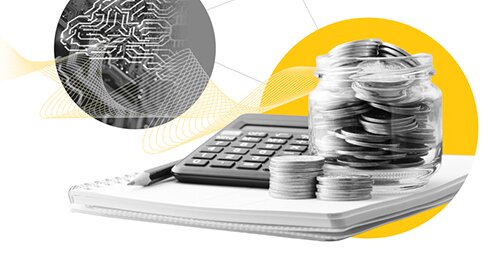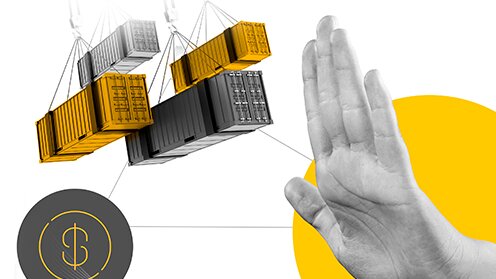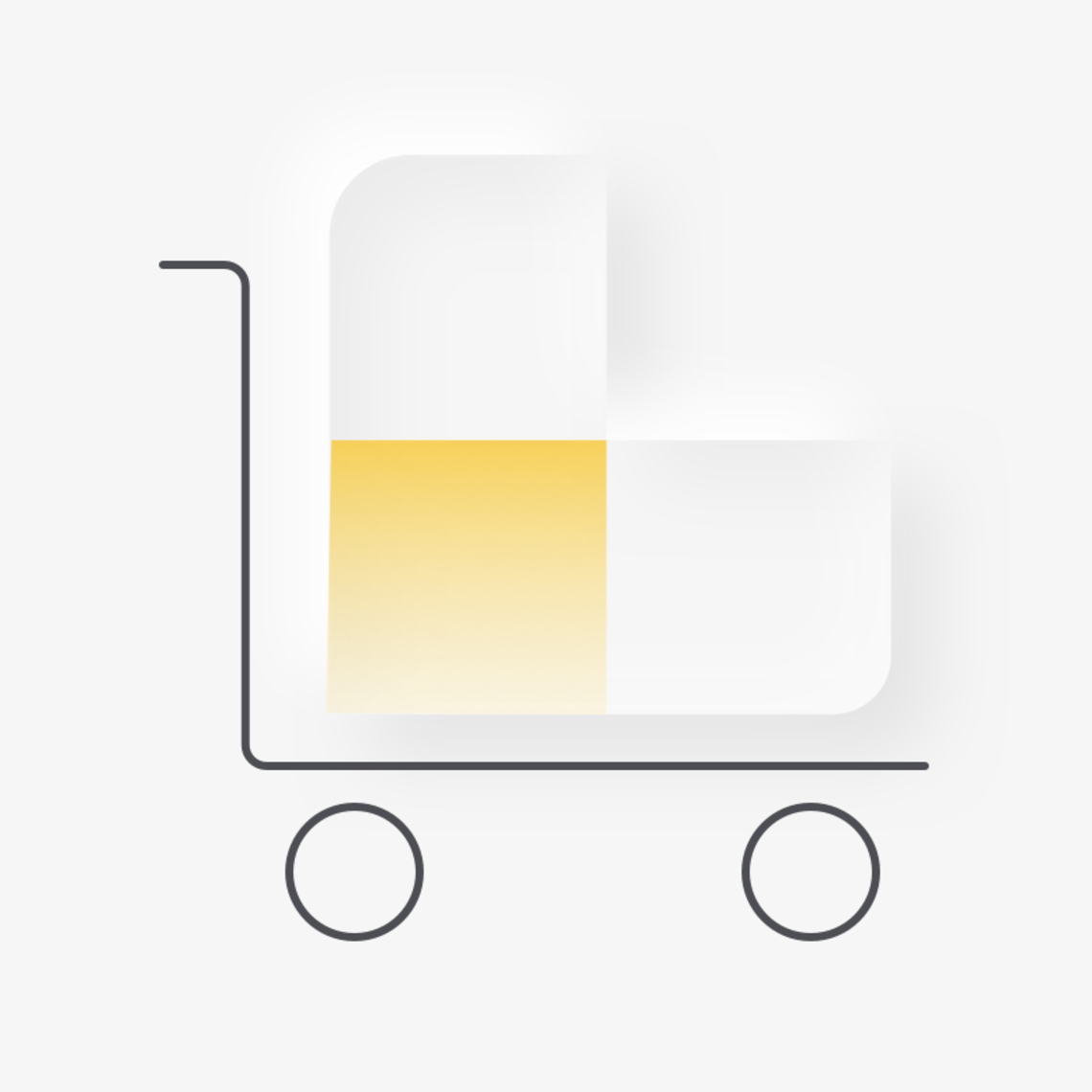A freight brokerage is a freight brokerage, digital or otherwise. Either way, the primary goal is to serve as a middleman who brings together shippers with freight to move with carriers that can make it happen. So, why the growing emphasis on “digital” freight brokers over the past half-decade, particularly in the spot freight market?
Pure and simple, it’s a way to distinguish companies built in the internet age. A company such as Arrive Logistics started on Day One in 2014 with a different set of assumptions about how people would work together than, say, a C.H. Robinson, founded in 1905. It’s similar to the difference between traditional brick-and-mortar and e-commerce in the retail space—each delivers essentially the same goods and services; choosing one over the other is a matter of customer preference.
Is a digital freight broker (DFB) more appealing for shippers and carriers navigating the spot market than a traditional broker? Probably not. Carriers shrug their shoulders; digital does not carry a lot of weight with them. Shippers, meanwhile, do tend to value investments in technology, particularly those that have to do with the myriad of touchpoints involved in a spot freight truckload.
A sleek user-friendly interface could sway some shippers to the digital side of freight brokerage. Any company that brands itself as a DFB targets investors to fund growth. Positioning as “digital” sends a clear signal to investors, saying in essence, “We will be fast-growing and able to eat the market in a way that the traditional broker couldn’t. The economics of brokerages won’t apply to us; we’re more in the software category.”
It is clear that new technologies are emerging that will change the very nature of logistics sourcing, but where does digital brokerage fit in that transformation? This article delves into the real impact of digital freight brokerages and how other emerging technologies push boundaries beyond the DFB hype.







